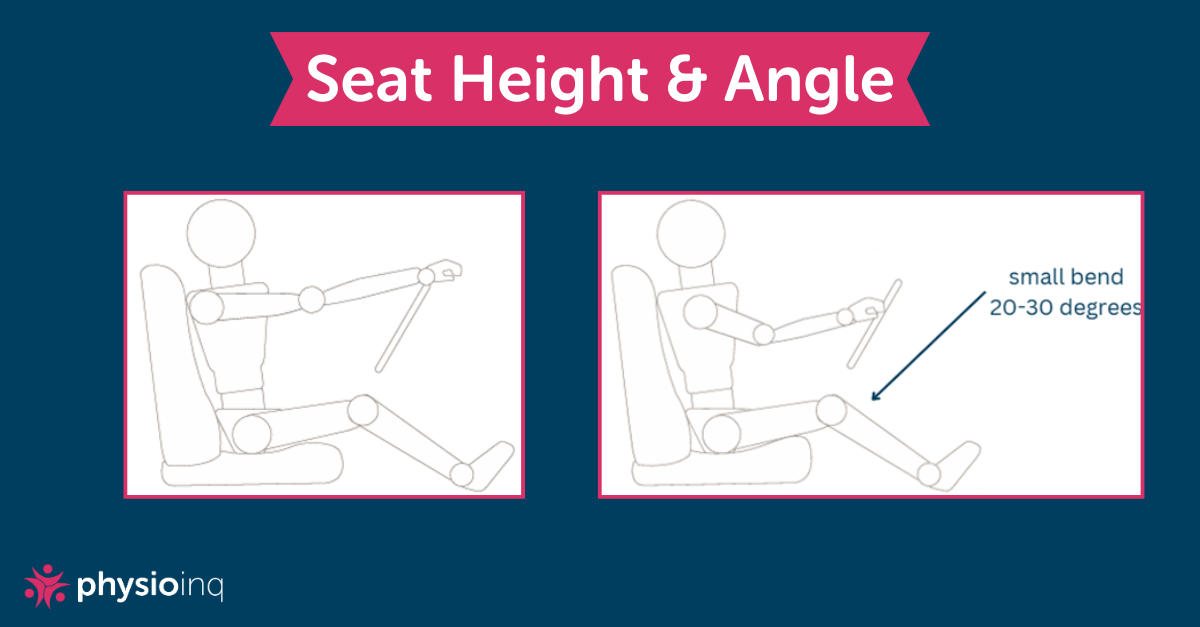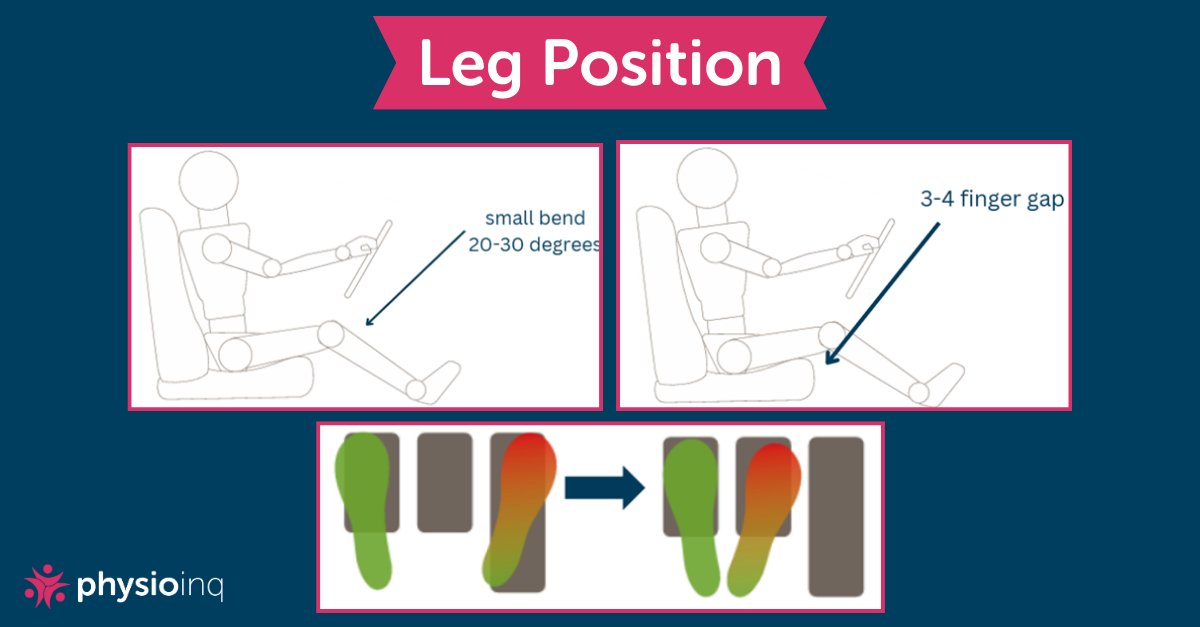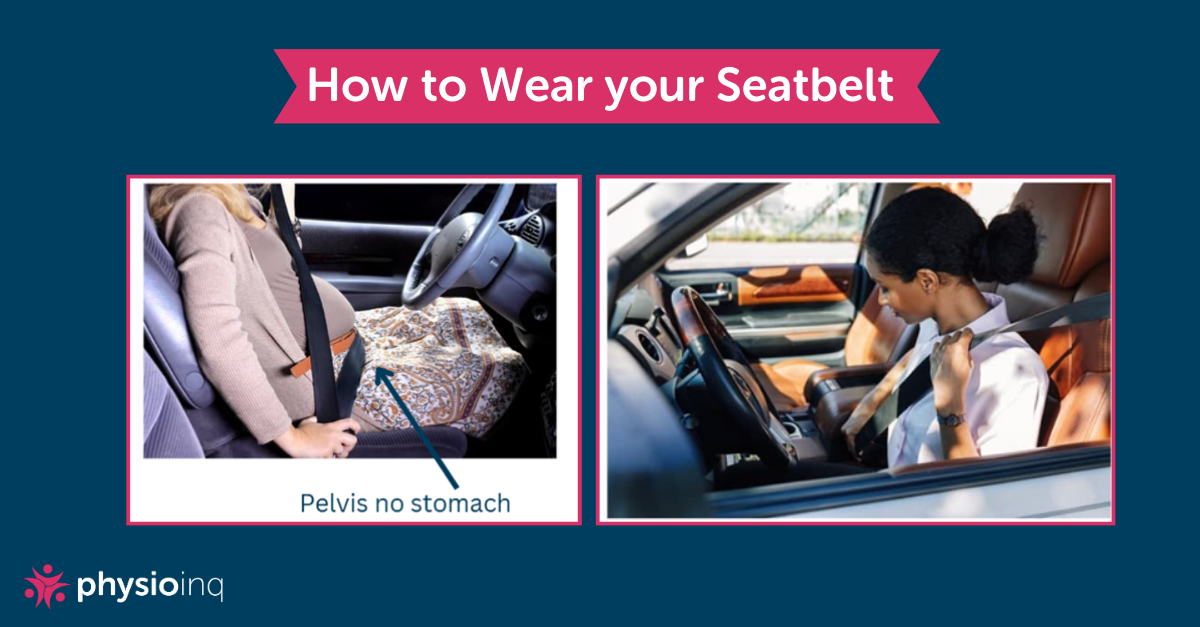The Perfect Car Setup for Ultimate Driving Comfort
Monday, February 10, 2025
Driving, especially over long distances, can sometimes be a painful experience. But with some preparation and modifications, it doesn't have to be. Maintaining an optimal driving position can help reduce stiffness and discomfort, especially for those with musculoskeletal conditions. Small adjustments to the car seat, steering wheel, and headrest can make a big difference.
Driving posture has a massive impact on the body’s comfort levels. Try the following tips in your car, to set-up the correct driving position that can help to reduce pain and discomfort.
Seat Height & Angle
- Place your wrists above the steering wheel while your arms are extended in a resting position; adjust the seat height and angle to allow for a slight bend in the elbows when returning to a standard steering wheel position.
- Adjust the seat height up so your hips and knees are the same height
- In this position, make sure you can comfortably see the road and the driving instruments.

Legs
- There should be a small bend in your knees (20-30 degrees), with the gap between the seat and the back of the knee being approximately 3-4 fingers wide
- Your feet should be in a relaxed position, with the heels on the floor of the car, and the balls of the feet able to reach the pedals.
- The right heel should be placed in front of the brake pedal and be able to move easily between it and the accelerator
- In an automatic car, the left foot should be resting on the footrest as this increases the support to both the pelvis and lower back.
- In a manual car, when the clutch is not being used, the left foot can rest for support

Steering Wheel
- Lower the steering wheel as much as possible, while still maintaining a good view of the dashboard
- Angle the wheel so your hands can rest naturally, without raising your shoulders.
- Ensure your wrists touch the top of the wheel when your arms are fully extended.
- Maintain a comfortable, not tense, grip to reduce strain on your shoulders, arms, and upper back.
Back
- Your buttocks are pushed back in the seat, as far as possible.
- A lumbar support can be used to fill in the gap between the spine and the seat
Head Support
- The middle of the headrest should sit around the base of the skull to provide optimal support for your neck and head. This position encourages a neutral head posture, reducing strain on the neck and spine during long drives.

Adjusting your mirrors
- Adjust your mirrors to ensure optimal rear visibility, aligning them so the vision is along the car’s panelling.
- Proper mirror adjustment is crucial for both safe driving and maintaining good posture.
- If, after checking your mirrors, you notice your rear visibility is compromised, it's likely your posture has shifted - correct your posture, and sit up straight for better comfort and control.
Seat Belt
- Your seatbelt should sit low, flat, and firm across your shoulders and hips
- Ensure there are no twists or knots
- If using a seat belt adjustor, ensure it sits at the same level as your ear

If you have any concerns with back and hip, neck or shoulder pain whilst driving, please get in touch and make an appointment at Physio Inq McMahons Point.

